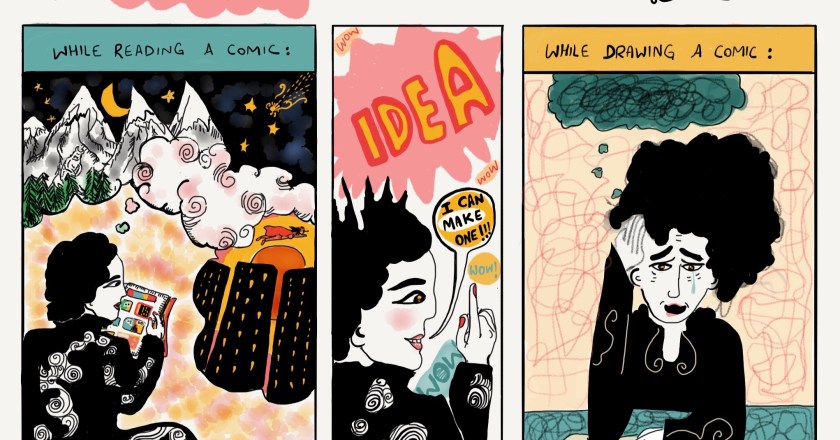पुस्तकों से प्रेम: इन चार विद्यार्थियों के लिए ऑक्सीजन समान है पुस्तकालय
एक शांत कमरा, ढ़ेर सारी किताबें, कई लोग, फिर भी चुप - कुछ याद आया? जी हाँ! मैं बात कर रहा हूँ किताबों से भरे उस कमरे की जिसे "पुस्तकालय" या लाइब्रेरी कहते हैं। अपने स्कूल या कॉलेज के दौरान हम सभी कई बार पुस्तकालय गए होंगे।
किताबें युवावर्ग की सबसे अच्छी मित्र हैं। जिस तरह एक व्यक्ति अपने मित्र की सहायता हर पल, हर घड़ी और हर मुश्किल में साथ देता है। वैसे ही किताबें भी हर विषम परिस्थिति में मनुष्य की सहायक होती हैं । पुस्तकालय की पुस्तकों में हर मुश्किल सवाल, हर परिस्थिति का हल छुपा होता है, मनुष्य भले ही किसी दुविधा में रहे। पुस्तकों को पढ़ने से मानव की सोच का विस्तार होता है। और ज्ञान की प्राप्ति से मानव हर समस्या का आसानी से निधान कर सकता है। इसलिए पुस्तकालय युवावर्ग के लिए अत्यंत महत्वपूर्ण है।
औसत वर्ग का व्यक्ति अपनी रूचि या ज़रुरत की सभी महँगी किताबें नहीं खरीद पाता है और पैसे के अभाव ...




















